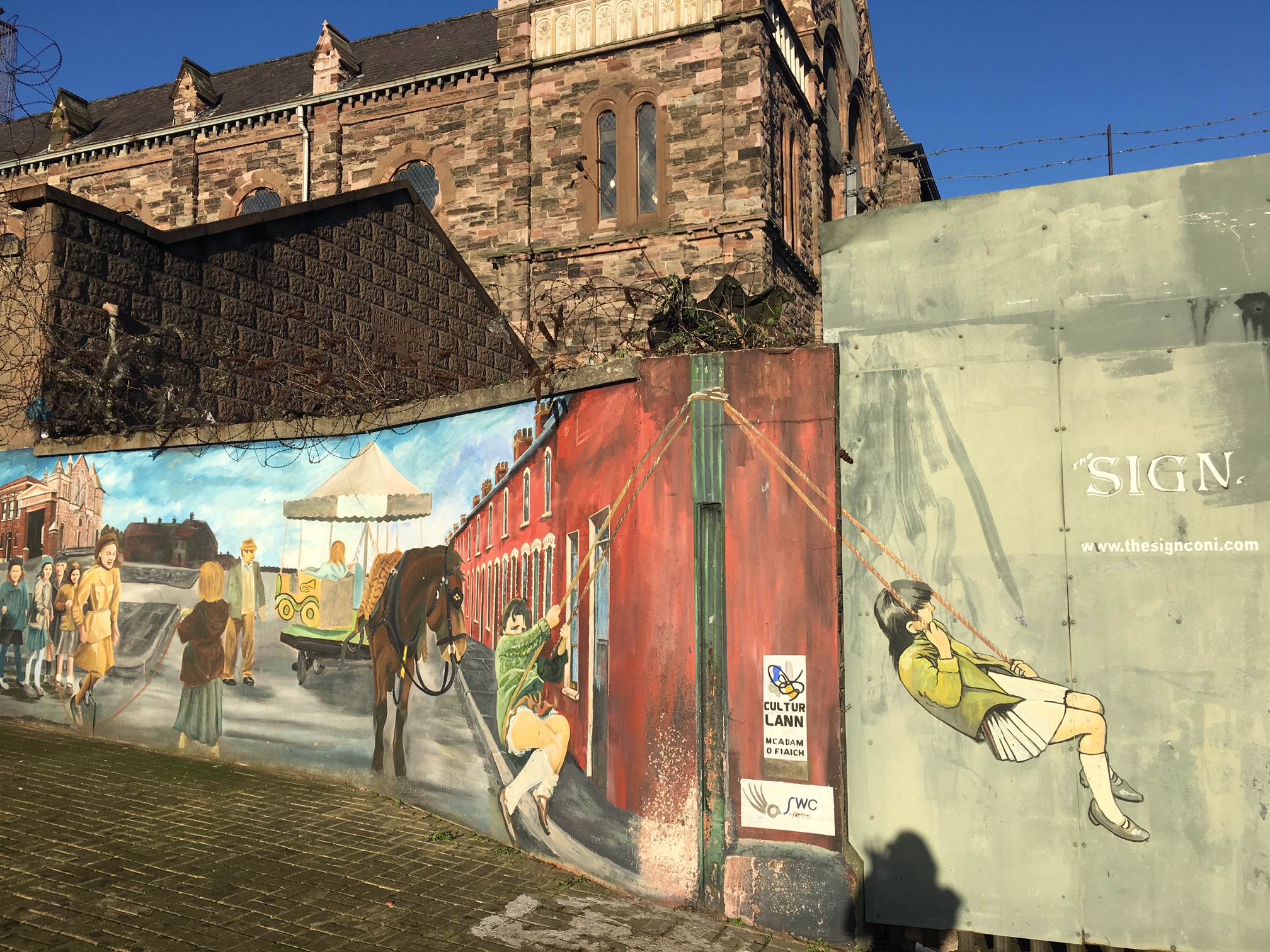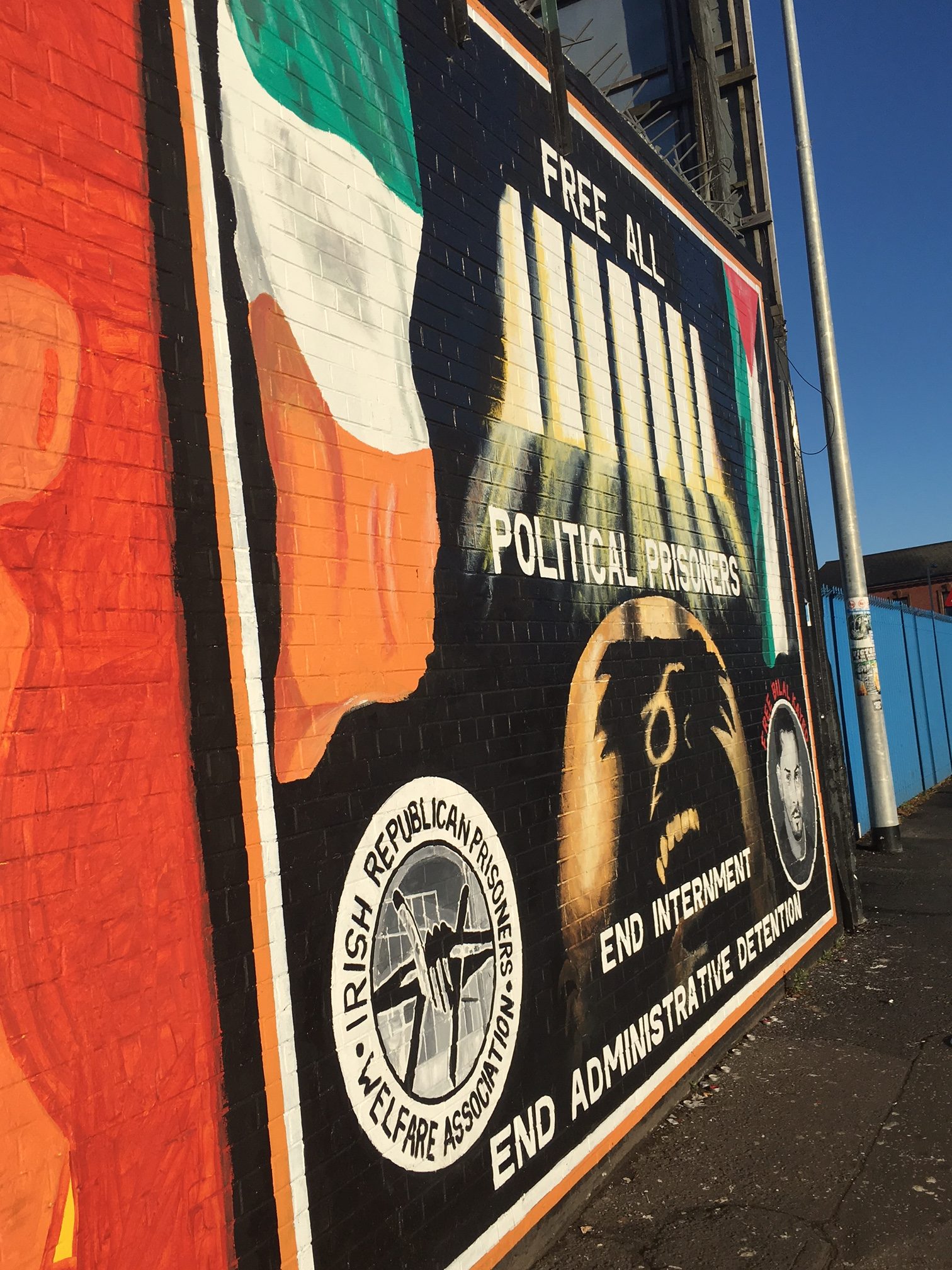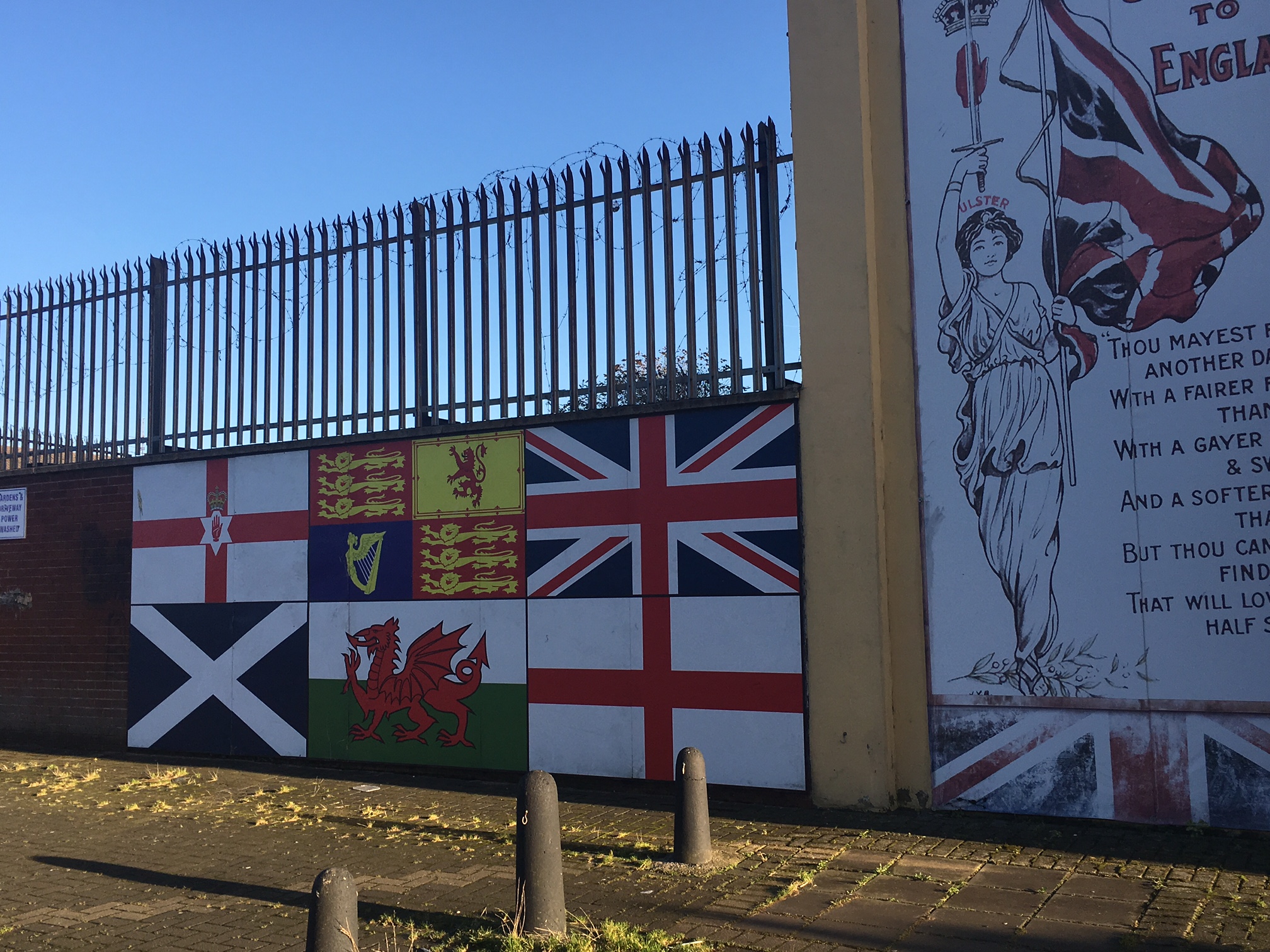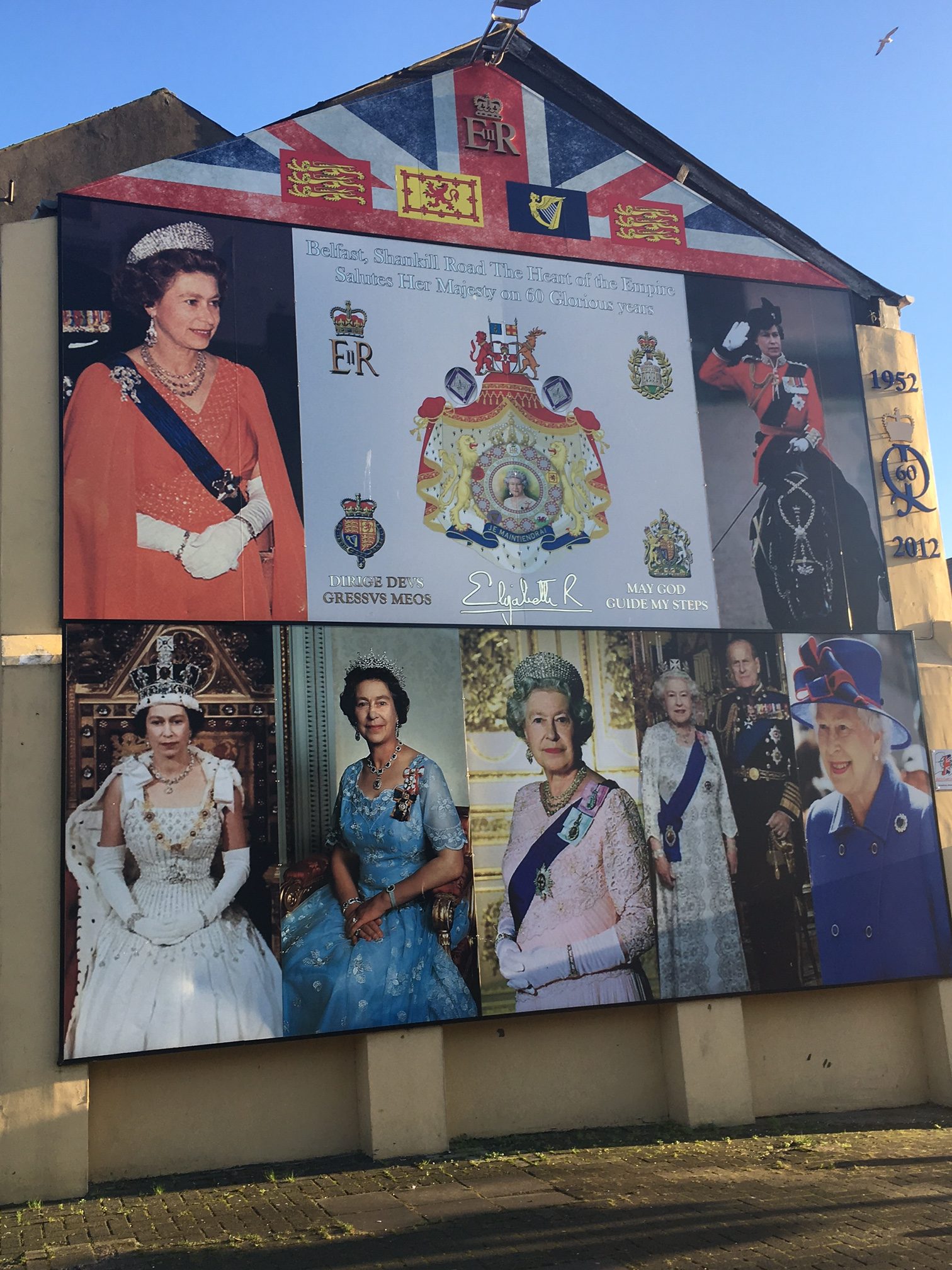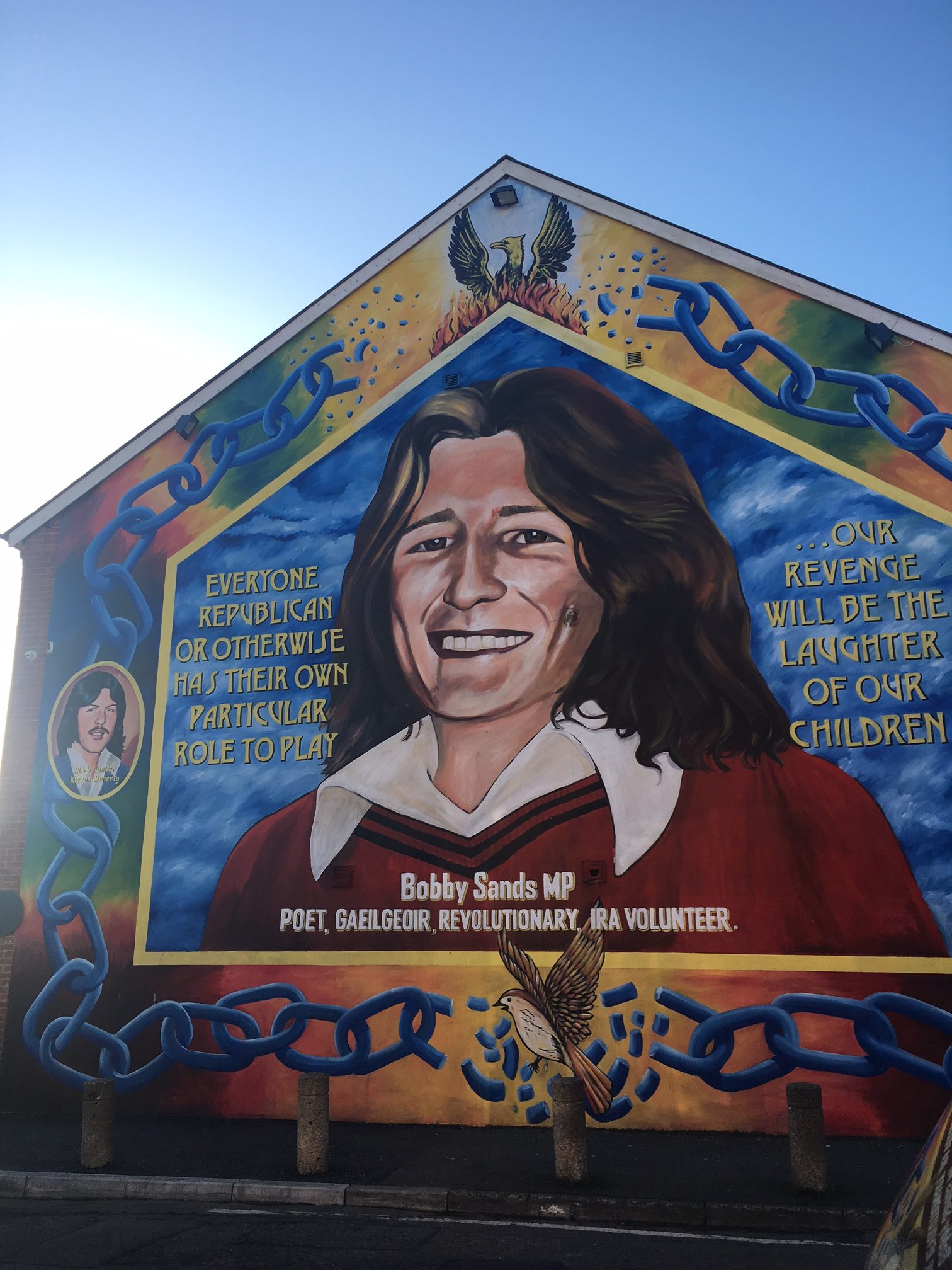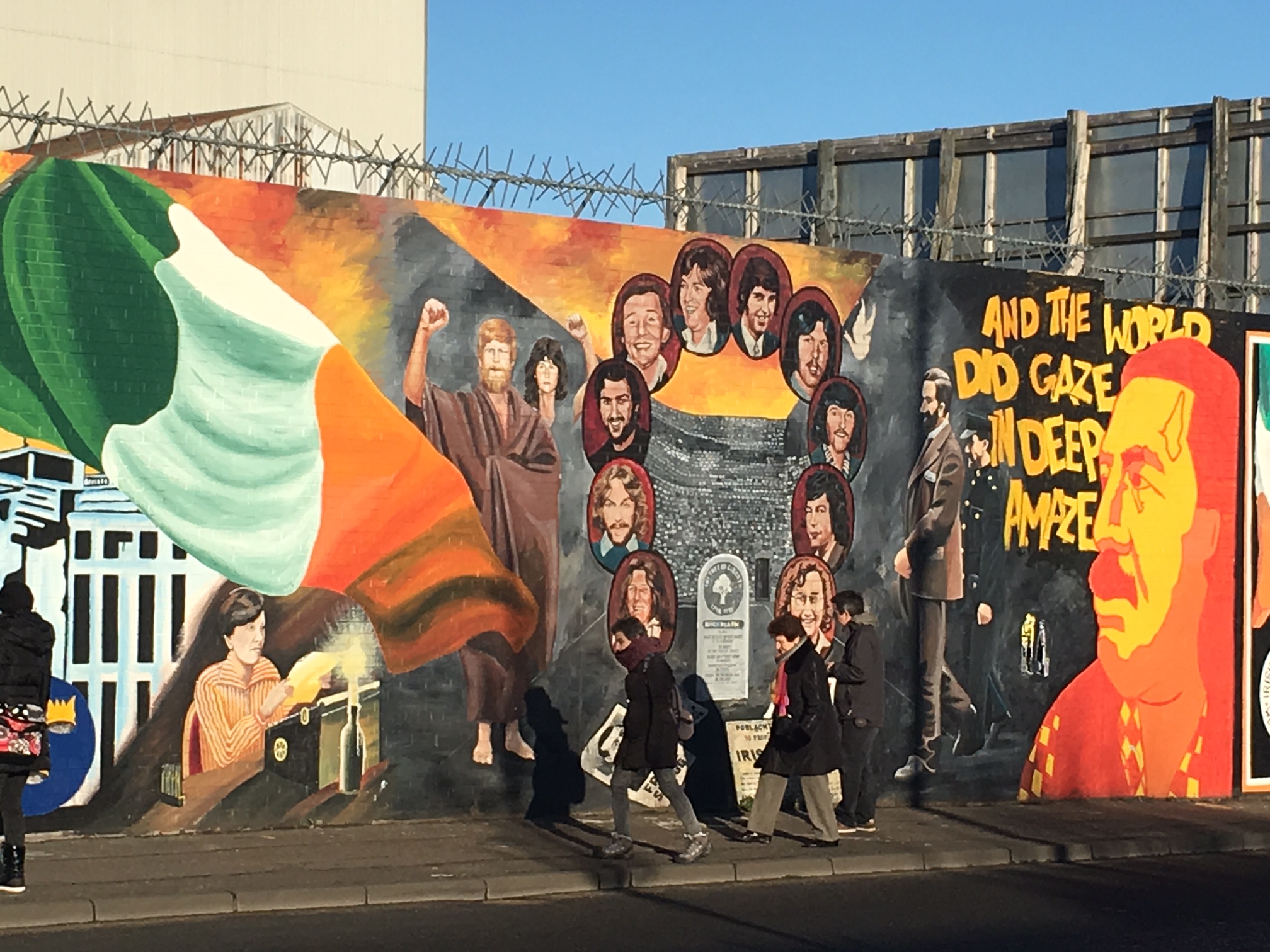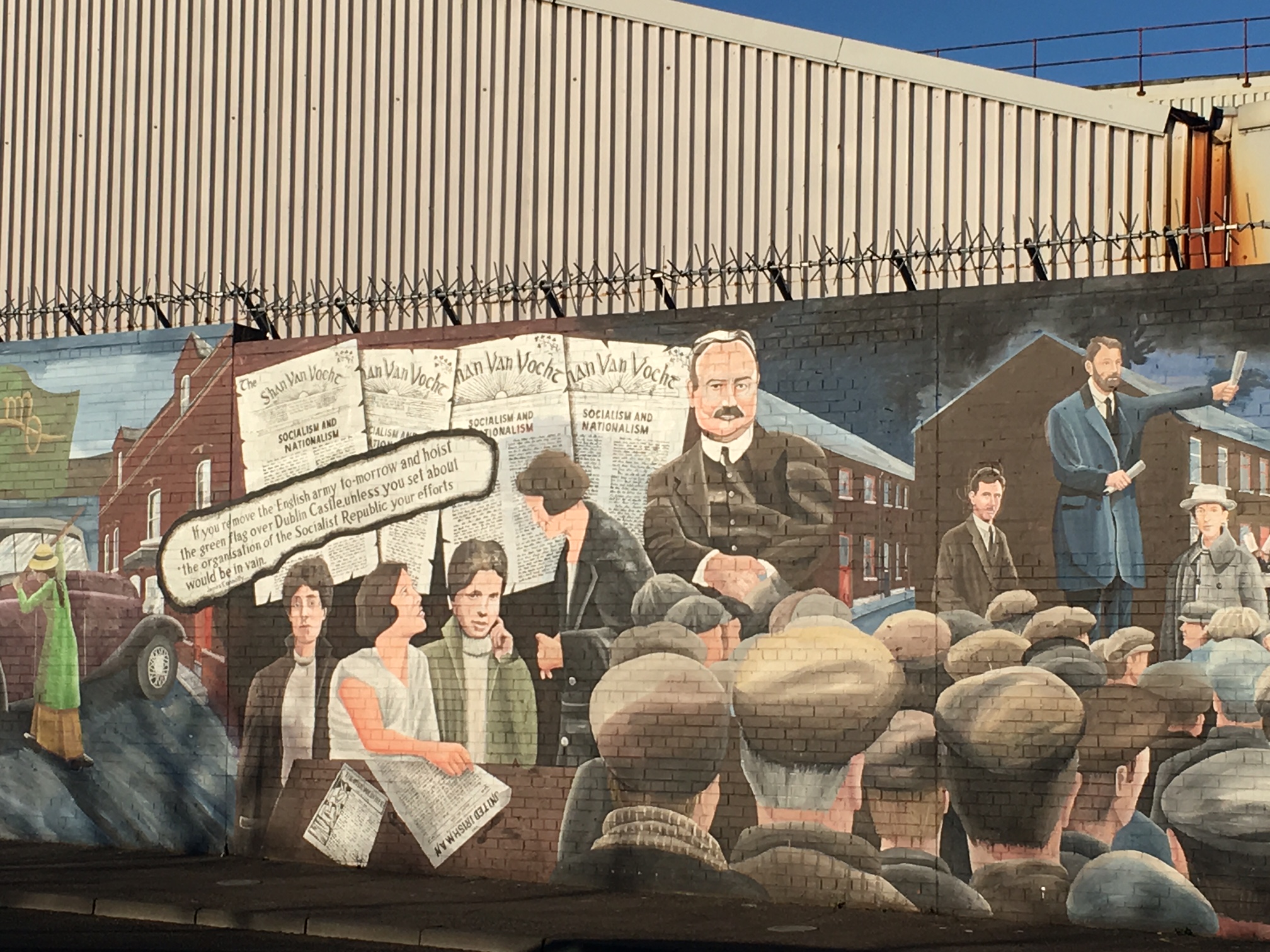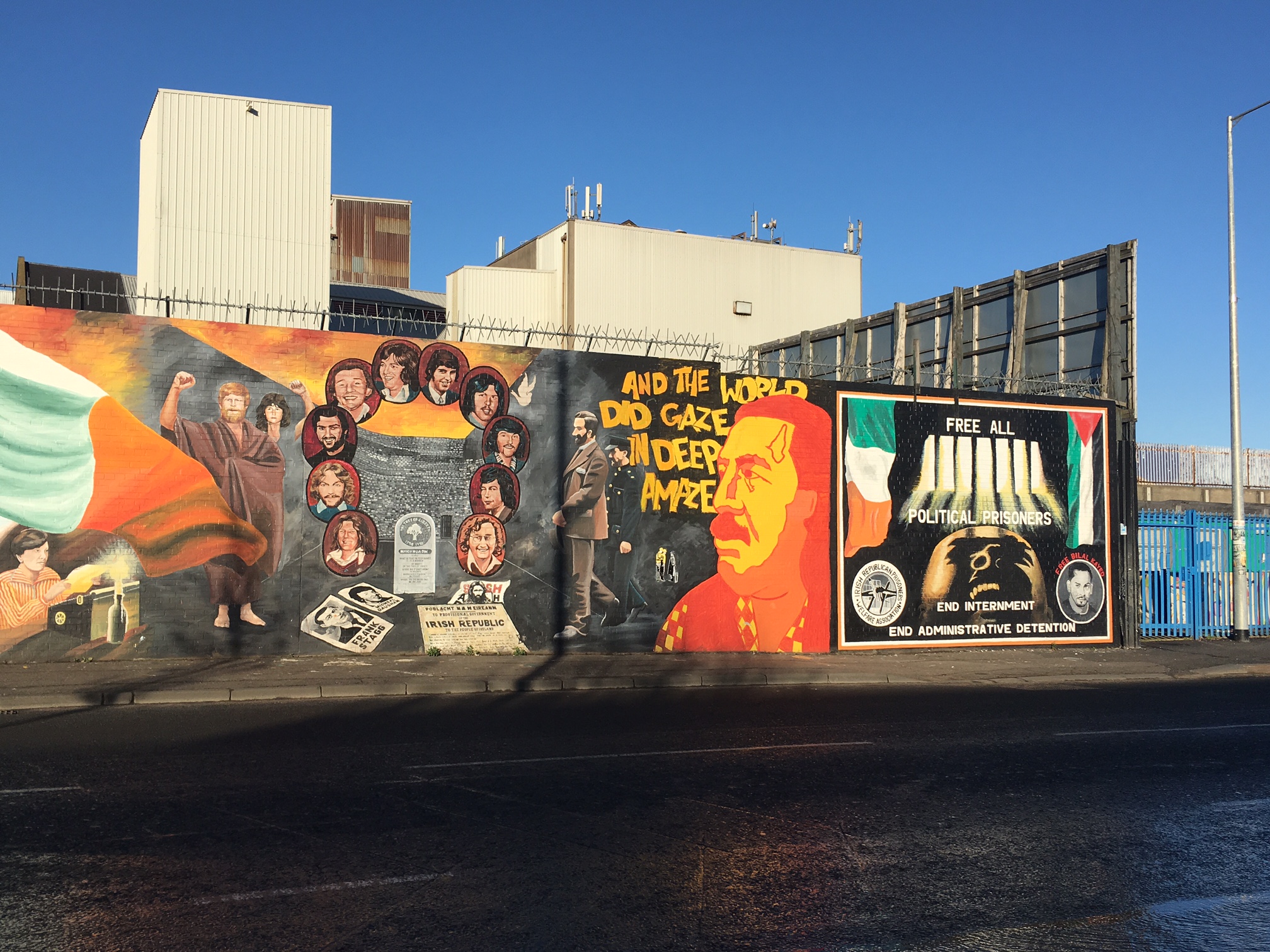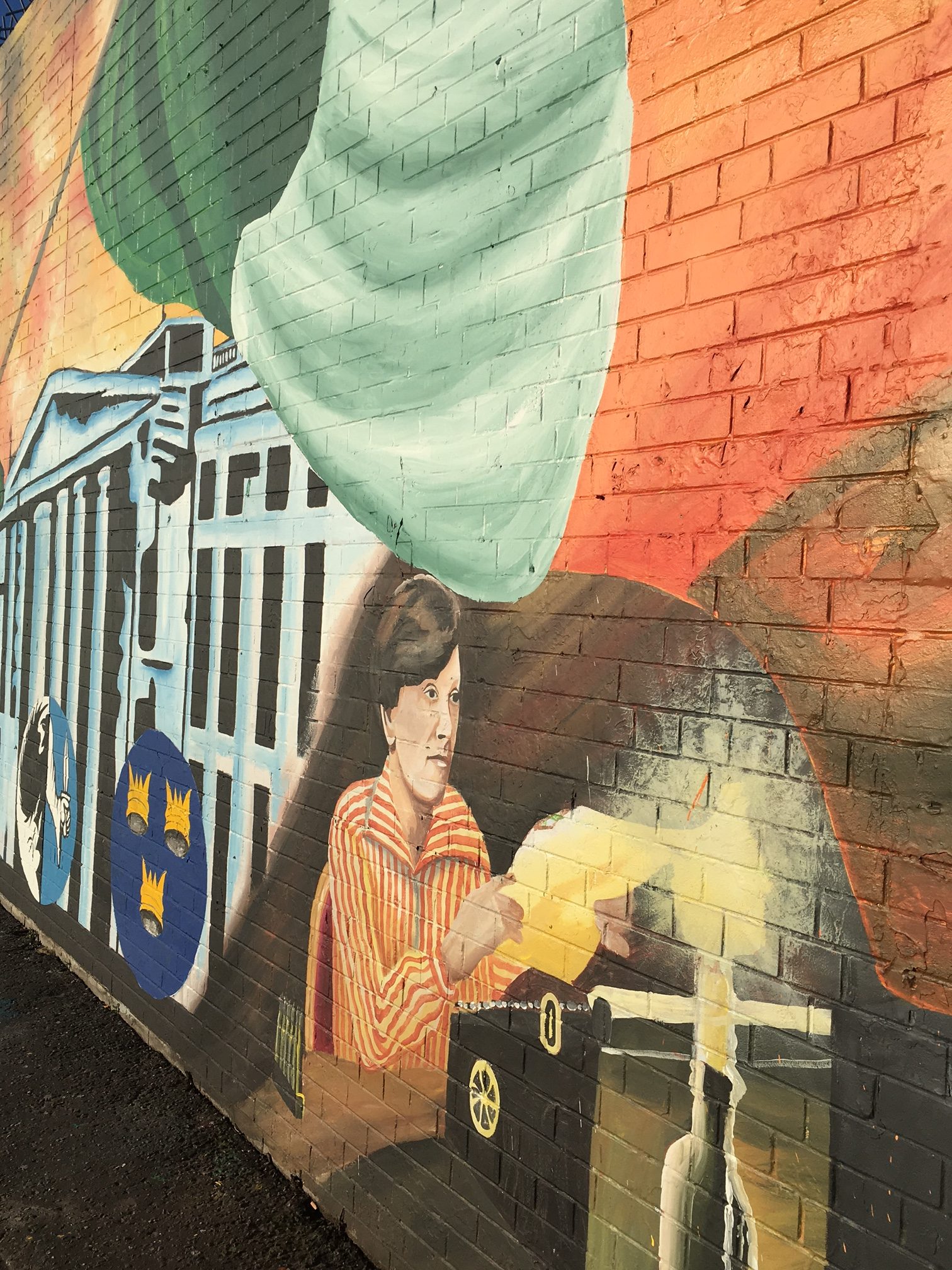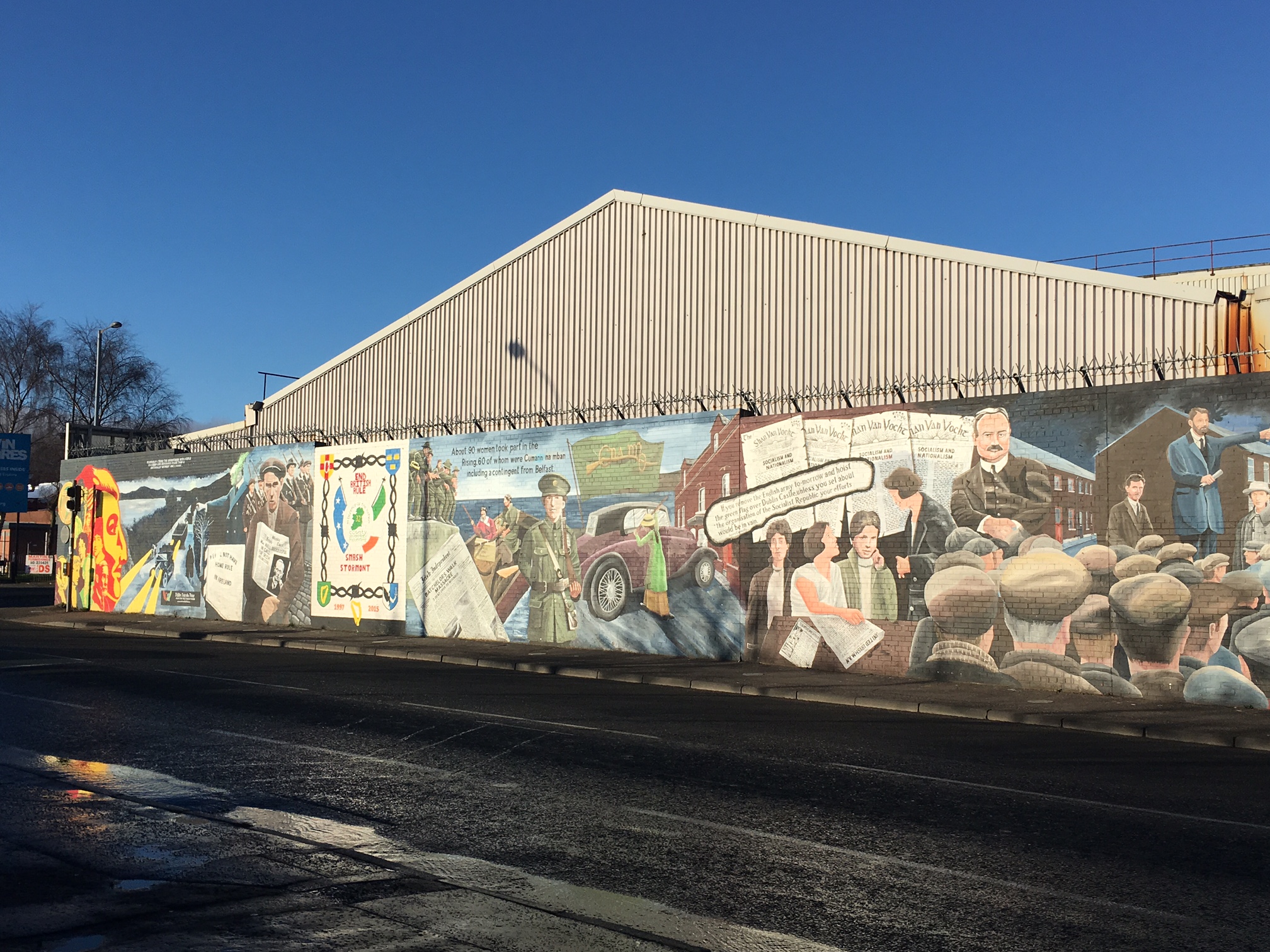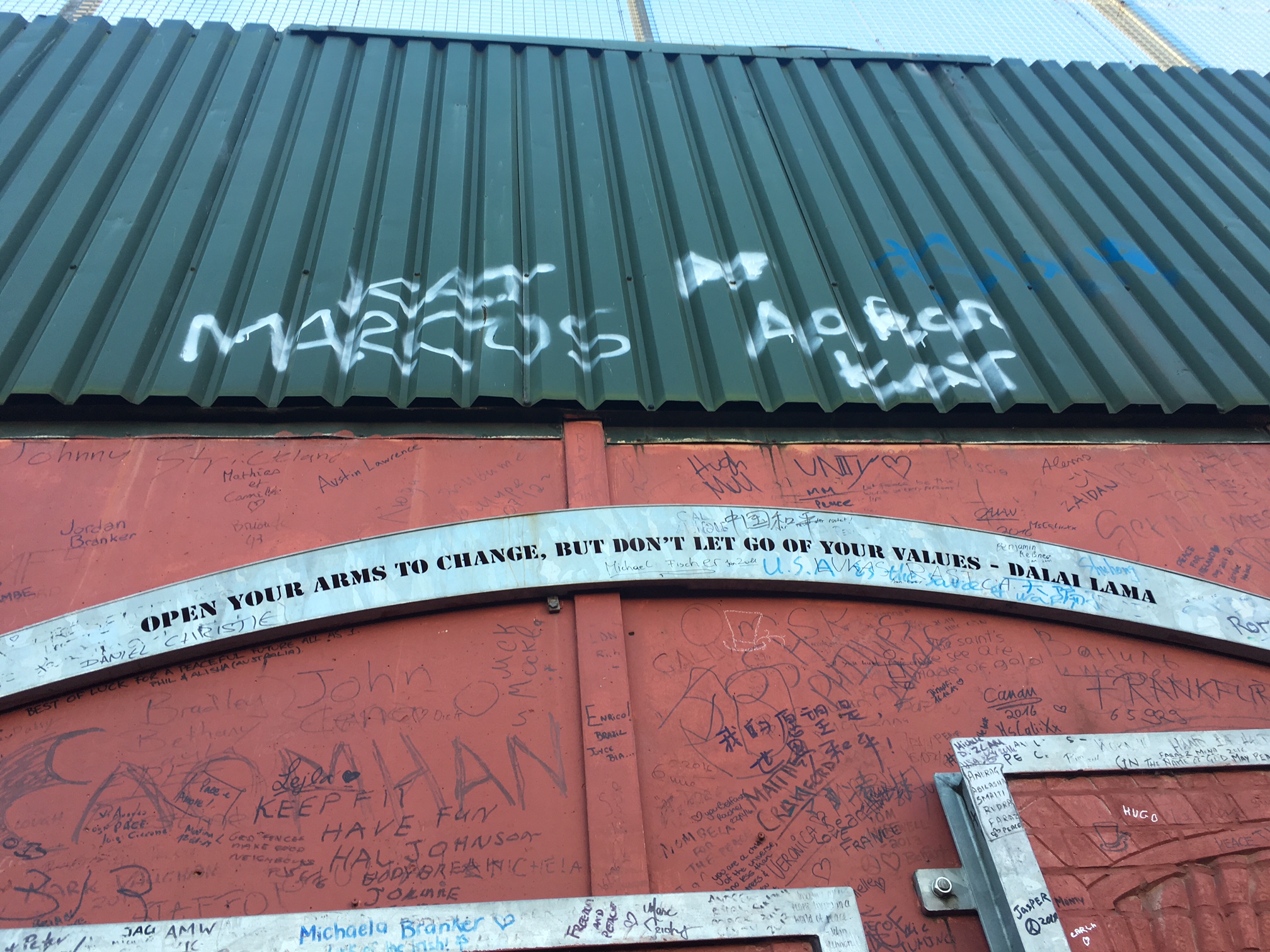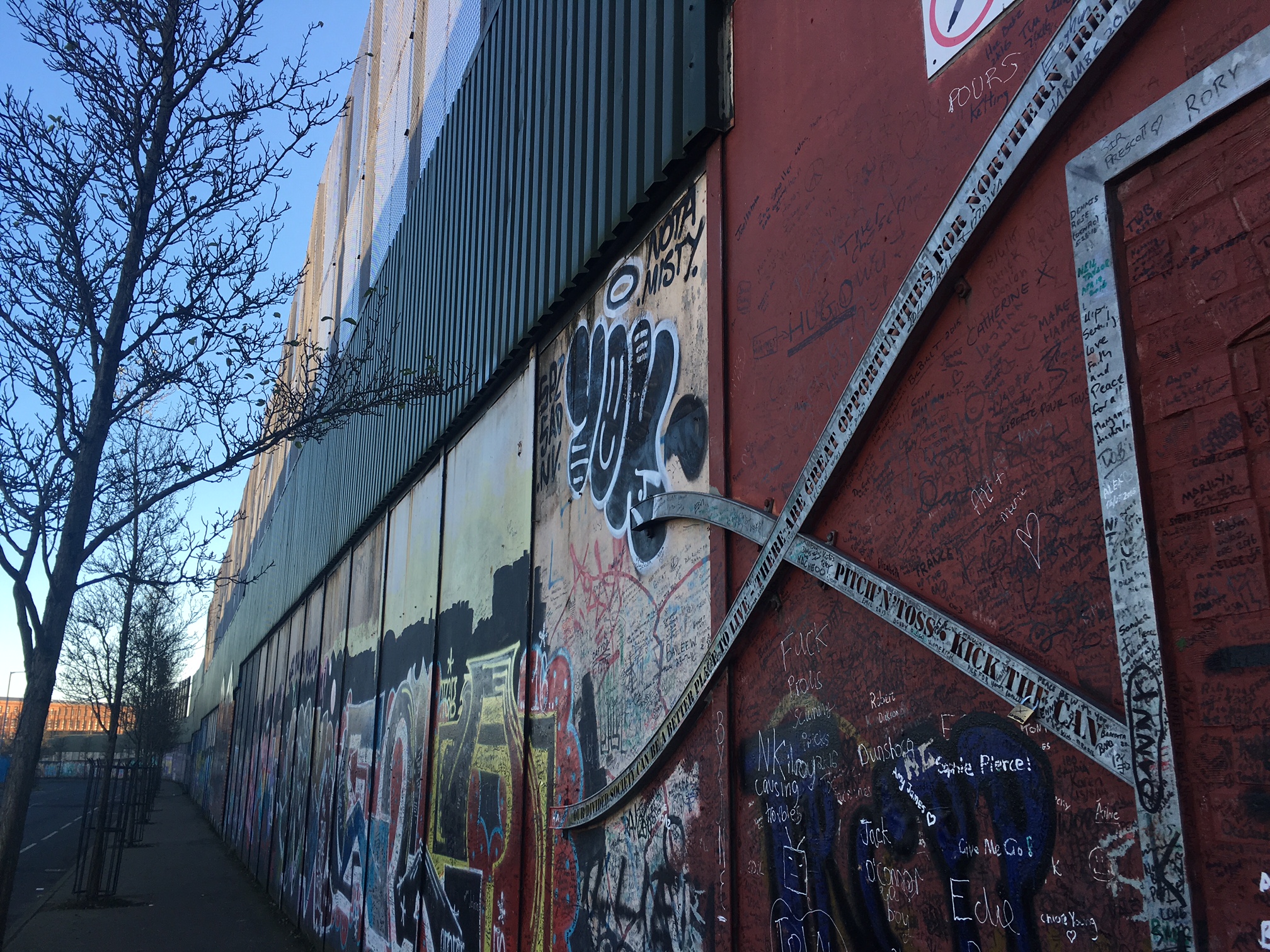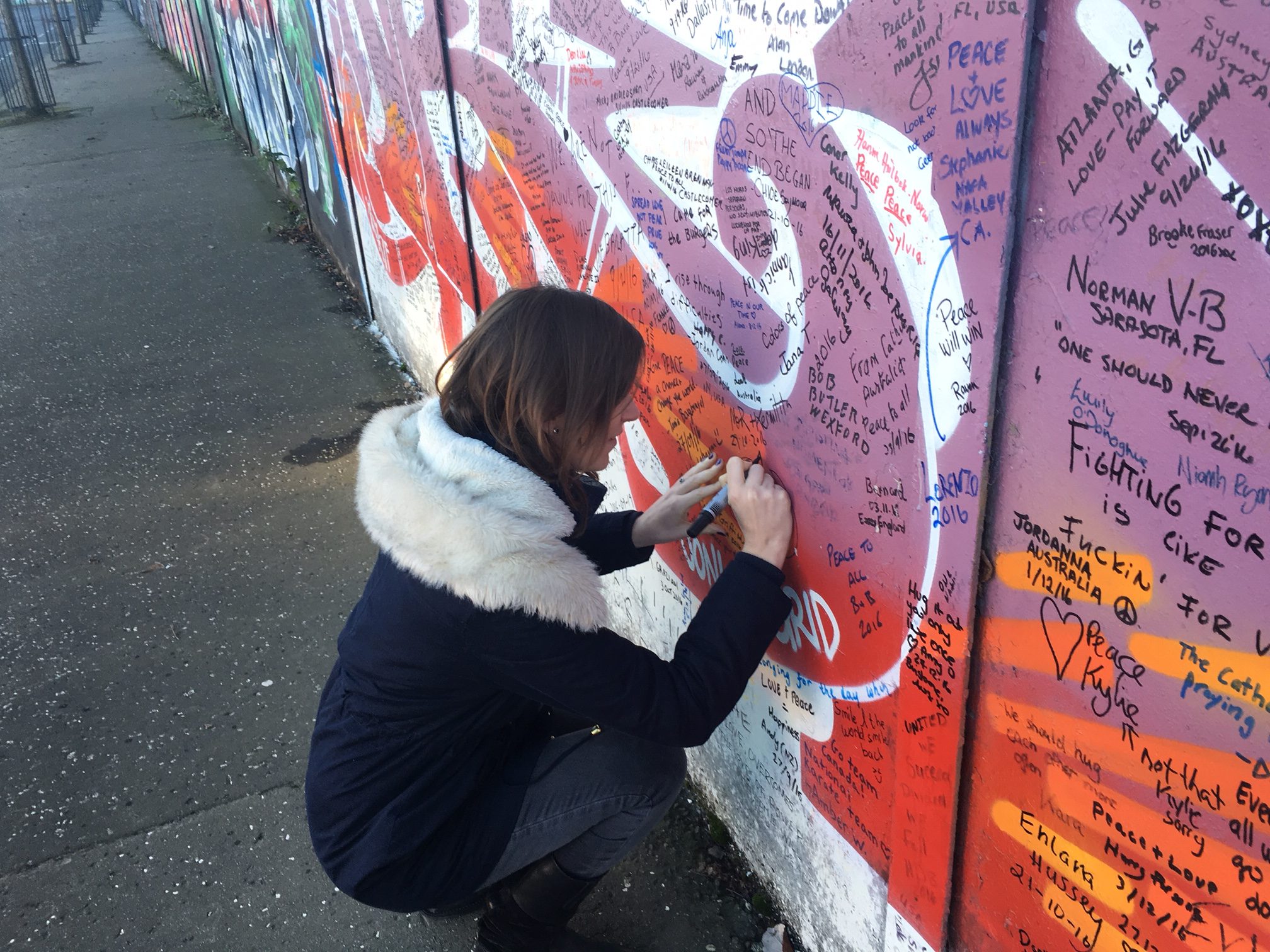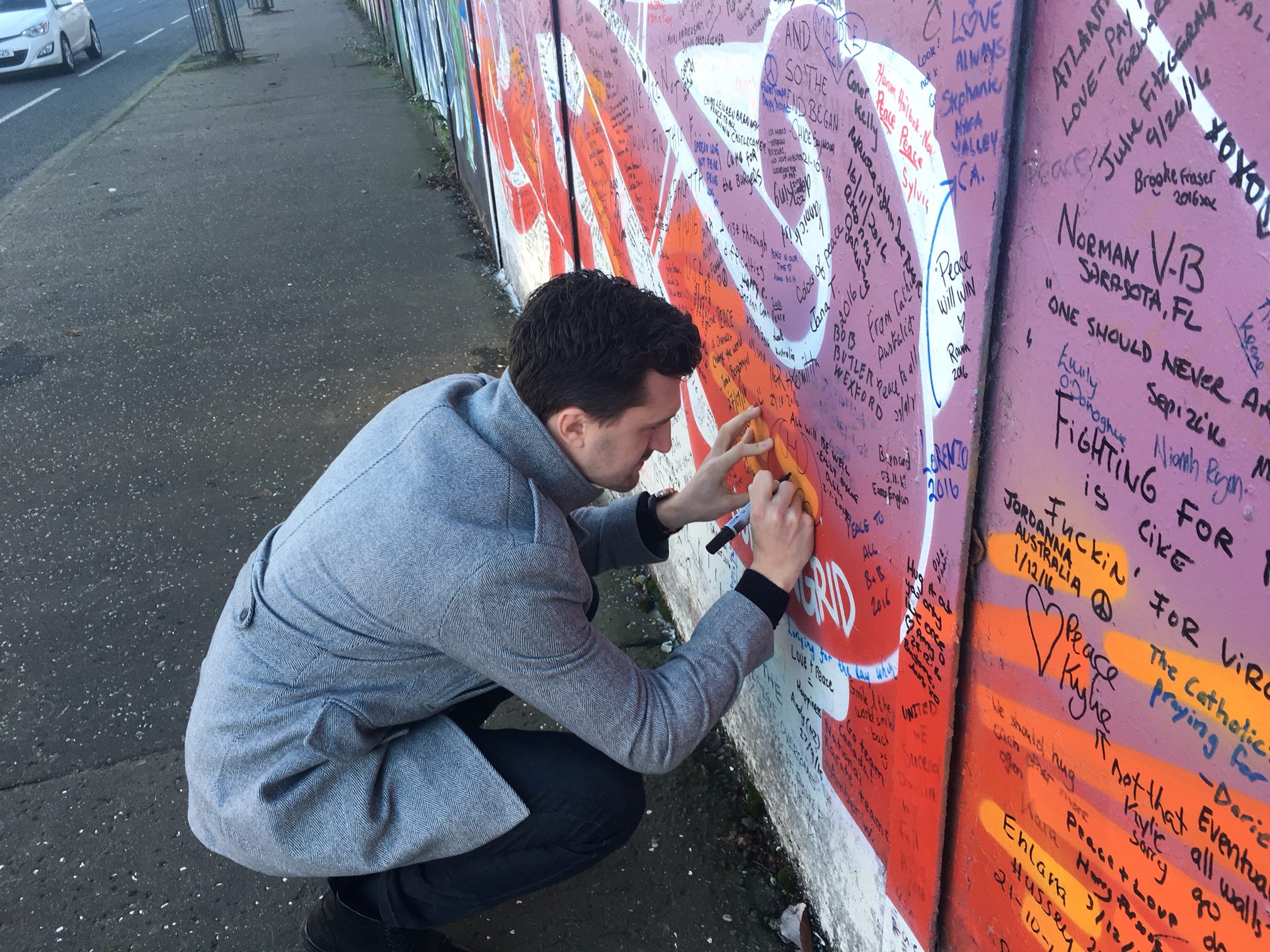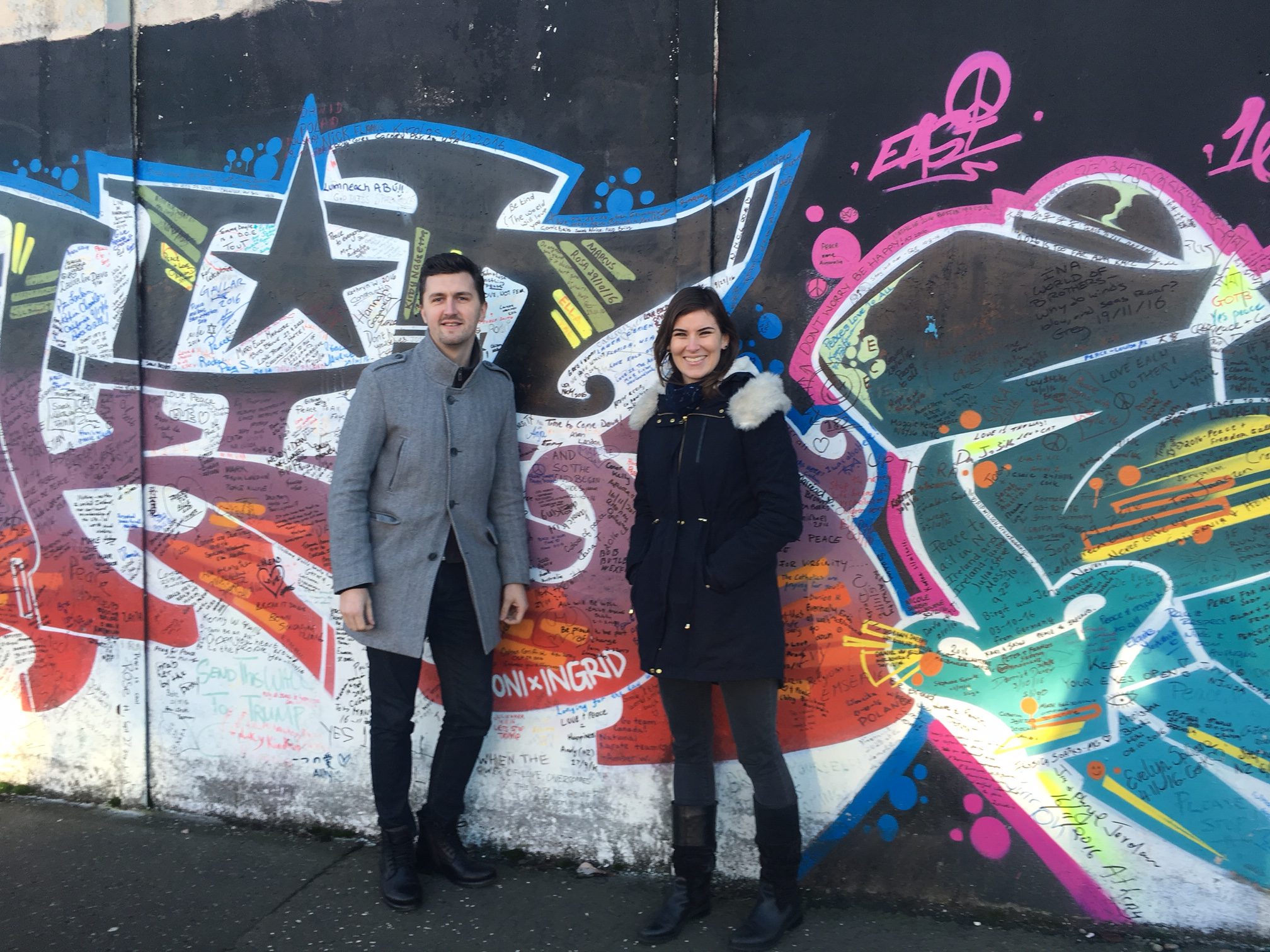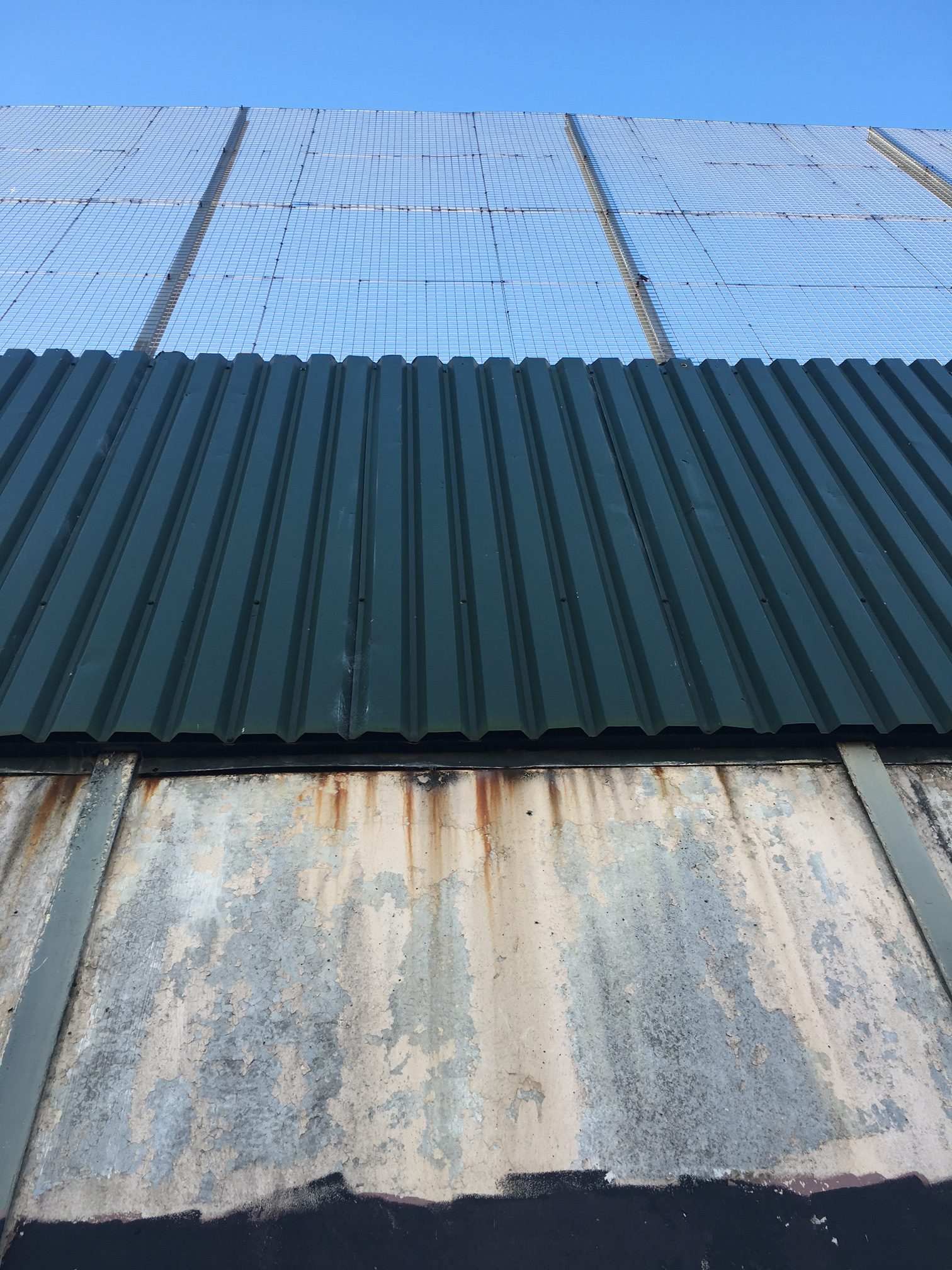Northern Ireland has endured one of the most complicated and protracted modern conflicts in the world and it has taken decades of political will and peace negotiations to bring it to the vibrant and peaceful place it is today. One of the best ways to learn about this fascinating city and its divided history, is to take a Black Taxi Tour.
From 1969 to the mid-1990s, the conflict known as the Troubles in Northern Ireland resulted in 3,600 deaths with thousands more injured. It was a bitter war between Protestant and Catholic communities and terrible acts of violence were carried out by paramilitaries and the security forces. Most of the people killed in the Troubles were civilian, over 2000 in total.
To combat the violence, defensive architecture took hold across the city and barriers or ‘peace lines or walls’ began to physically divide communities. A 2012 study found that almost 100 walls, fences, gates and roads still divided the Protestant and Catholic communities. Within a four mile radius of North Belfast, where the Catholic and Protestant communities live alongside each other, more than half of all of the peace lines are found. I was fascinated to hear more about these walls during the tour.
The facts
Our guide Gerry Loughlin from cabtoursNI gave balanced insights into the violence and key events and facts from each side of the divide. He told us about Gerrymandering, which manipulated the boundaries of electoral constituencies to favour Protestants above Catholics and how this impacted on the economic reality and civil rights for Catholics living in the city. His tour was peppered with information and spread on to how areas of the city became greatly impoverished during the Troubles with severe unemployment and social difficulties.
During the tour, we visited the Falls Road and Shankill Road, where much of the conflict happened. From the 1970s to the mid 1980s, the Troubles intensified and loyalist paramilitaries continued a pattern of violence, while the security forces and the IRA focused on evading or striking each other.
The tour also gave a background to the rich industrial past of this city. Belfast was once known as ‘Linenopolis’ as it was the largest producer of linen in the world during much of the nineteenth century. It’s a sad fact that there is no longer a linen industry in Northern Ireland due to economic shifts and the competition from global markets to produce linen at a far lower cost. Shipbuilding and its importance to Belfast in the twentieth century was also touched with the the most famous ship of all, the Titanic which was built at the Harland and Wolff Shipyard.
Breaking down walls and the road to peace
The Good Friday Agreement brought the Northern Irish conflict to an end in 1998. It was a political settlement chaired by US Senator George Mitchell between the Irish and British governments and the opposing paramilitary groups that had been engaged in conflict for almost 30 years. Northern Ireland’s power-sharing government has made a vow to remove all peace walls by 2023 and huge strides have been made in recent years to challenge sectarianism and the divides that once controlled Northern Ireland. Some of the barriers have been removed with success and Gerry our guide was of the opinion that people want sustained peace so that Belfast can continue to thrive and prosper.
There are still stark visuals in the city. On one street, you will see Republican tricolour flags and murals in honour of Bobbi Sands and the hunger strikes, and drive a very short distance into West Belfast, on the opposite side of the peace line, and you’ll come face to face with murals and tributes to the Queen and the union jack hanging from windows.
The power of art
The International Wall is devoted to murals that focus on political themes, environmental issues and features famous world figures. A mural painted by two artists, one a Catholic, the other a Protestant and based on Picasso’s famous Guernica was an important step forward. Anything that paves the way for greater collaboration and cross-community understanding is something to be applauded.
The future
Cross-community initiatives are working tirelessly to bring both communities together and areas of the city are now home to an vibrant mix of political murals, graffiti and commissioned public art. Cupar Way is a great example which is 13 metres high and been in existence longer than the Berlin Wall, erected in 1969. Like the thousands of visitors to the city, we stopped off to add a message to the many others that adorn it. It’s estimated that 500,000 annual overseas visitors see it.
cabtoursNI
We booked with cabtoursNI and our guide, Gerarld Loughlin was absolutely brilliant. He has an encyclopedic knowledge of the Troubles and gave such a clear, information events, political commentary and facts, right up to present day as he drove us around. I highly recommend booking with him or a member of his team.
